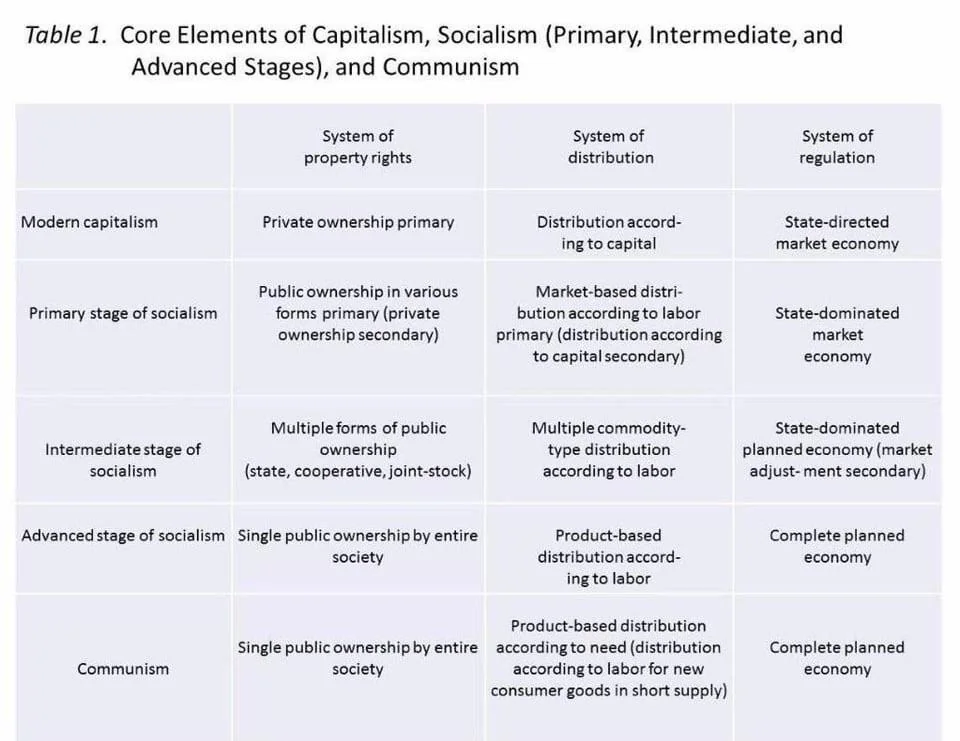Let’s try and reclaim some words, in the current mess of #mainstreaming, #Utopia is a dirty word #Dystopia is not. The story that imagines a future of continual decline feels more reasonable, even inevitable. It’s easy and kinda enjoyable to picture #apocalyptic paths, given the current state of the world.
With the growth of #deathcult worshipping, the end of history was declared 40 years ago, equating our current social and economic organization as the pinnacle of human achievement. The prevailing #neoliberal system – markets, competition, a gladiatorial struggle for personal betterment – was seen as the only viable one. The myth that individual success trickles down to benefit everyone persists, despite now widespread disbelief and distrust in this what should be obvious to any thinking person – #deathcult
However, we’re so deeply in to everyday “common sense” worship that imagining alternatives feels impossible now, Utopia has become a dirty word, while dystopia is accepted. Reflecting on our childhood wonder at human progress – pilotless planes, robots, space exploration, flying cars—we now see these advancements as threats. Military drones, job-stealing automation, space as a private escape, and flying cars are all tinged with dread.
It’s the system. Whether you support or oppose it, the is a consensus, that the future under this system is rarely viewed with optimism. The promises of market-driven utopia have led to repeated crises like 2008, not the envisioned social prosperity. Even so, we cling to this system, its power inescapable, much like the divine right of kings once was.
Individualization of Collective Imagination
Capitalism’s sells us as a personalized, isolated package. Unlike divine rights or blood-bound royalty, it promotes the idea of control over one’s destiny. This creates a stark divide in experiences, making collective betterment less achievable. Pursuing a better life individually, rather than collectively, becomes the normal path. This social “blindness” stops us from seeing ourselves as we are, as a part of a larger human social experiment.
Even those aware of the system’s flaws live by its tenets, striving for personal success. The fear of revolution or change is partly because of the effort already invested in this individual progress. The idea that there’s an alternative to struggle is overshadowed by the pursuit of these personal goals, leading to a narrowed view of possibilities. We all still blindly worship this #deathcult in our everyday lives.
Capitalism is internalized as the natural way of life. Imagining beyond it is seen as insanity. The greatest progress arises from dire circumstances, where the alternative to suffering is non-existence. Today, comfort smothers the drive for change. Yet, dystopian media normalizes bleak futures, projecting what #climatechaos and social break down will eventually make happen.
Fictional literature and media have always been vital in exploring human futures. The contrast between grim dystopias and hopeful utopias illustrates our capacity for imagining different worlds. Yet, creating believable, relatable utopias is challenging in a world where the status quo dominates. Characters proposing radical change are cast as antagonists, reinforcing the idea that reform, not revolution, is the only path.
The Room for Optimism
Despite this, the fact we’re discussing these issues means there’s hope. Remembering that this current system is a tiny step in human history, that human social organization is dynamic and changeable. Reflecting on past norms—such as ancient philosophers, fascist regimes, or the lack of modern conveniences—shows how transient and idiotic we can be in the belief in a single “static” path.
Rejecting the idea that our pinnacle achievement is building bigger shopping malls is basic. Utopia isn’t a dirty word; it’s an aspiration made dirty by those who fear its potential. Utopias aren’t meant to be achieved, but to serve as light guiding us forward. Embracing utopian thinking means daring to imagine better futures, challenging the status quo, and recognizing our capacity for taking different paths to profound social evolution.
So, let’s reclaim utopia, not as an endpoint, but as a direction, an ideal to strive towards, illuminating our path through the darkness of the present mess. Be part of this path https://opencollective.com/open-media-network you can hold the light, the #OMN is building real world #openweb native alternatives, together we can be this step.


